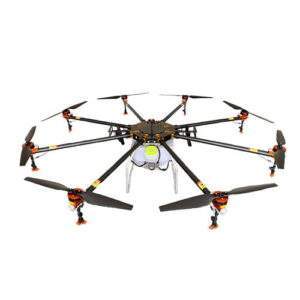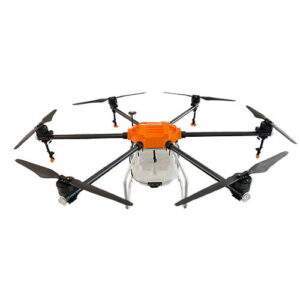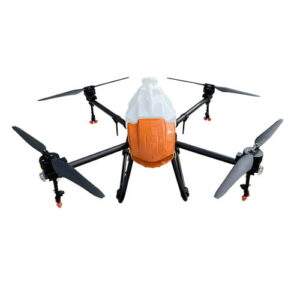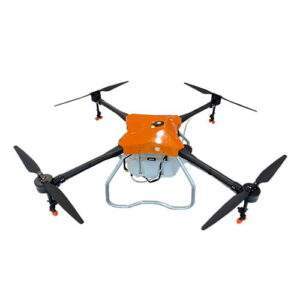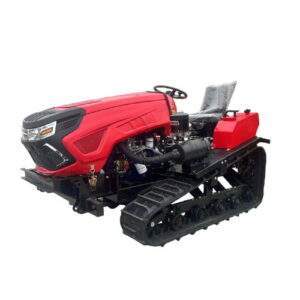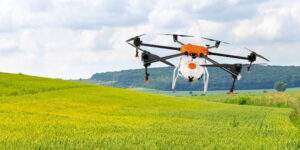Unlocking the Potential of Agricultural Drones: A Guide for Farmers
Introduction
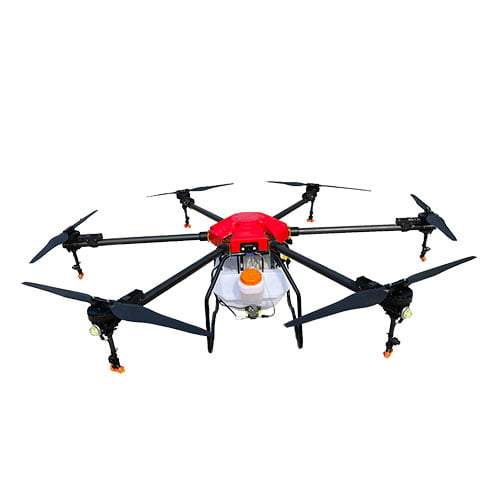
Agricultural drones, also known as unmanned aerial vehicles (UAVs) or simply drones, are remotely controlled aircraft equipped with sensors and cameras that collect data and provide aerial insights. These versatile tools offer a multitude of benefits for farmers, enabling them to monitor crop health, assess irrigation needs, identify pest infestations, and optimize field management strategies.
Key Applications of Agricultural Drones
Crop Monitoring and Scouting: Drones equipped with high-resolution cameras and multispectral sensors can capture detailed imagery of fields, allowing farmers to assess crop health, identify nutrient deficiencies, and detect early signs of diseases or pests.
Irrigation Management: Drones can monitor soil moisture levels and identify areas of uneven irrigation, enabling farmers to optimize water usage, reduce water stress, and improve crop yields.Farmers can also use drones to assess crop health, detect pest infestations, and even apply targeted treatments, reducing the need for harmful chemicals and promoting sustainable farming practices.
Pest and Disease Detection: Drones equipped with specialized cameras can detect subtle changes in plant coloration and patterns, indicating the presence of pests or diseases. This early detection allows for timely interventions and reduces crop losses.
Field Mapping and Boundary Surveys: Drones can create accurate maps and 3D models of fields, providing farmers with valuable information for planning, resource allocation, and boundary demarcation.
Yield Prediction and Precision Agriculture: Drones can collect data that can be used to generate yield prediction models, enabling farmers to make informed decisions about harvesting and resource allocation.
Benefits of Using Agricultural Drones
- Enhanced Crop Health: Drones provide timely and accurate information about crop health, allowing for early intervention and improved crop outcomes.
- Optimized Irrigation: Precise monitoring of soil moisture levels leads to efficient water usage, reducing water stress and improving crop yields.
- Reduced Pesticide Use: Early detection of pests and diseases allows for targeted pest control, minimizing pesticide use and environmental impact.
- Improved Field Management: Drones provide data-driven insights for informed decision-making, optimizing field management practices.
- Increased Productivity: Drones can save time and labor costs associated with traditional field scouting and monitoring methods.
Considerations for Farmers
- Drone Regulations: Familiarize yourself with local regulations governing drone usage, including airspace restrictions, licensing requirements, and safety protocols.
- Drone Selection: Choose a drone that suits your specific needs and budget, considering factors like range, payload capacity, sensor capabilities, and battery life.
- Data Analysis: Develop a plan for analyzing and utilizing the data collected by your drone, potentially involving specialized software or collaboration with experts.
- Integration with Existing Systems: Integrate drone data with existing farm management systems to create a comprehensive view of your operations.
- Cost-Benefit Analysis: Carefully evaluate the costs of drone technology and weigh them against the potential benefits in terms of improved crop health, increased yields, and reduced expenses.
Table of Potential Benefits of Agricultural Drones
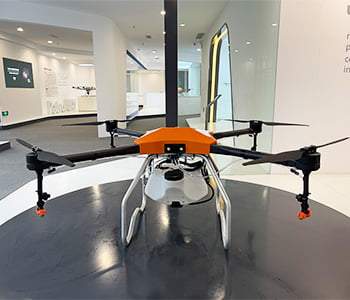
| Benefit | Description |
|---|---|
| Enhanced Crop Health | Timely identification of crop issues leads to improved crop health and yields. |
| Optimized Irrigation | Precise monitoring of soil moisture levels optimizes water usage and reduces water stress. |
| Reduced Pesticide Use | Early detection of pests and diseases minimizes pesticide use and environmental impact. |
| Improved Field Management | Data-driven insights inform decision-making, optimizing field management practices. |
| Increased Productivity | Drones save time and labor costs associated with traditional field scouting and monitoring methods. |
Conclusion
Agricultural drones have revolutionized the way farmers approach crop management, offering a multitude of benefits that enhance efficiency, productivity, and sustainability. By providing real-time data and aerial insights, drones empower farmers to make informed decisions that optimize crop health, resource allocation, and overall farm operations. As drone technology continues to evolve and become more accessible, its impact on the agricultural landscape is poised to grow even more profound, shaping the future of farming and contributing to a more sustainable and productive food system.
FAQ
Are agricultural drones cost-effective for small-scale farmers?
While the initial investment in agricultural drones may seem high, their long-term benefits in terms of increased yields, reduced input costs, and improved resource management can make them cost-effective for farmers of all scales.
Can agricultural drones operate autonomously?
Some agricultural drones feature autonomous flight capabilities, allowing them to follow pre-programmed flight paths and perform tasks such as crop monitoring and spraying without direct human intervention. However, operators still need to monitor the drones and ensure safety during operation.
What are the limitations of agricultural drones?
Agricultural drones have limitations related to flight time, payload capacity, and weather conditions. Additionally, processing and analyzing drone data can be time-consuming and require specialized skills and software.
How can farmers learn to use agricultural drones?
Farmers can learn to use agricultural drones through training programs offered by drone manufacturers, agricultural extension services, and industry organizations. Hands-on experience and practice are essential for mastering drone operation and data analysis.
Are agricultural drones environmentally friendly?
Agricultural drones can contribute to environmental sustainability by enabling precision agriculture practices that reduce chemical usage, water consumption, and soil erosion. However, their environmental impact depends on factors such as pesticide choice and flight patterns.

